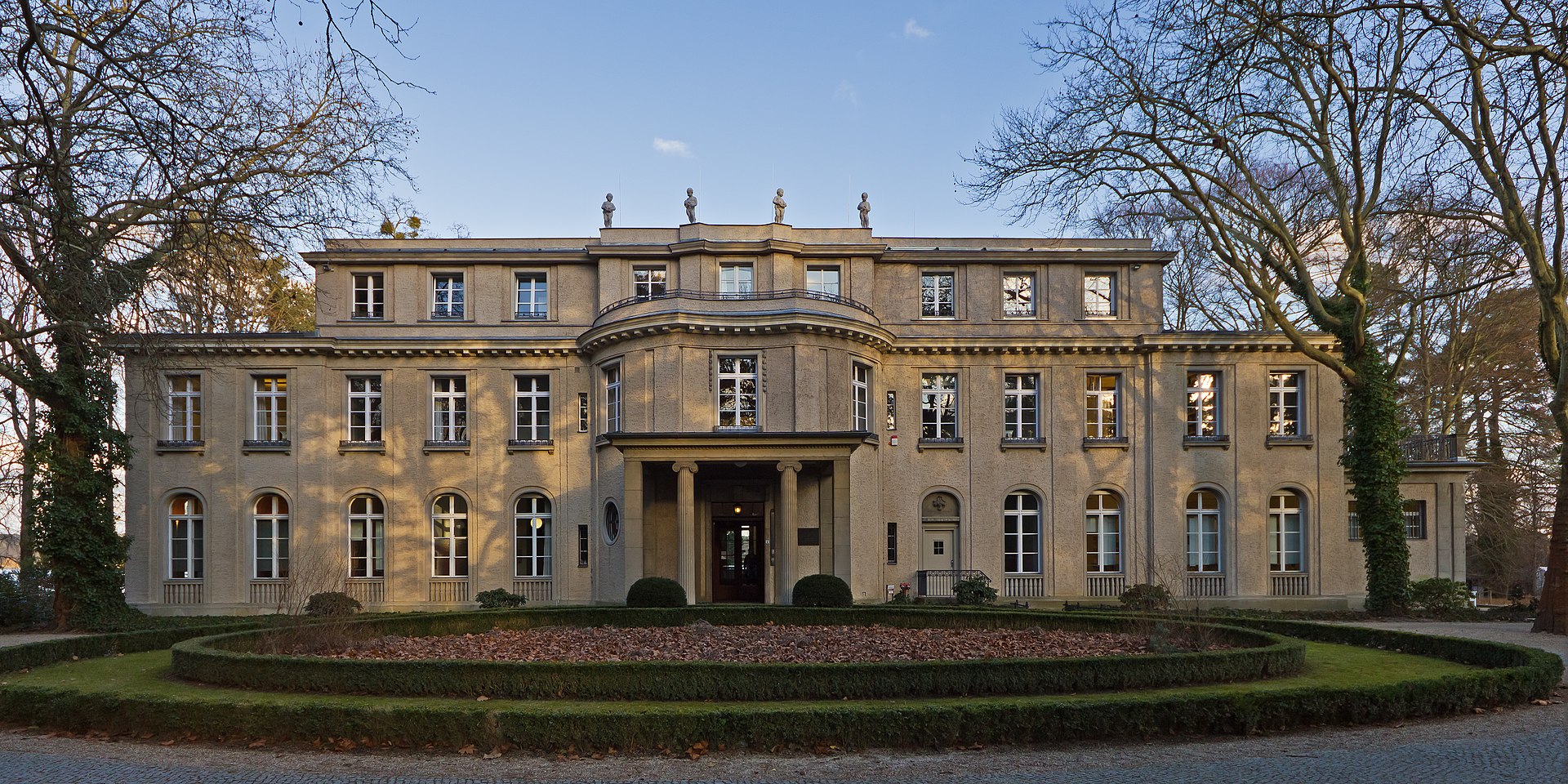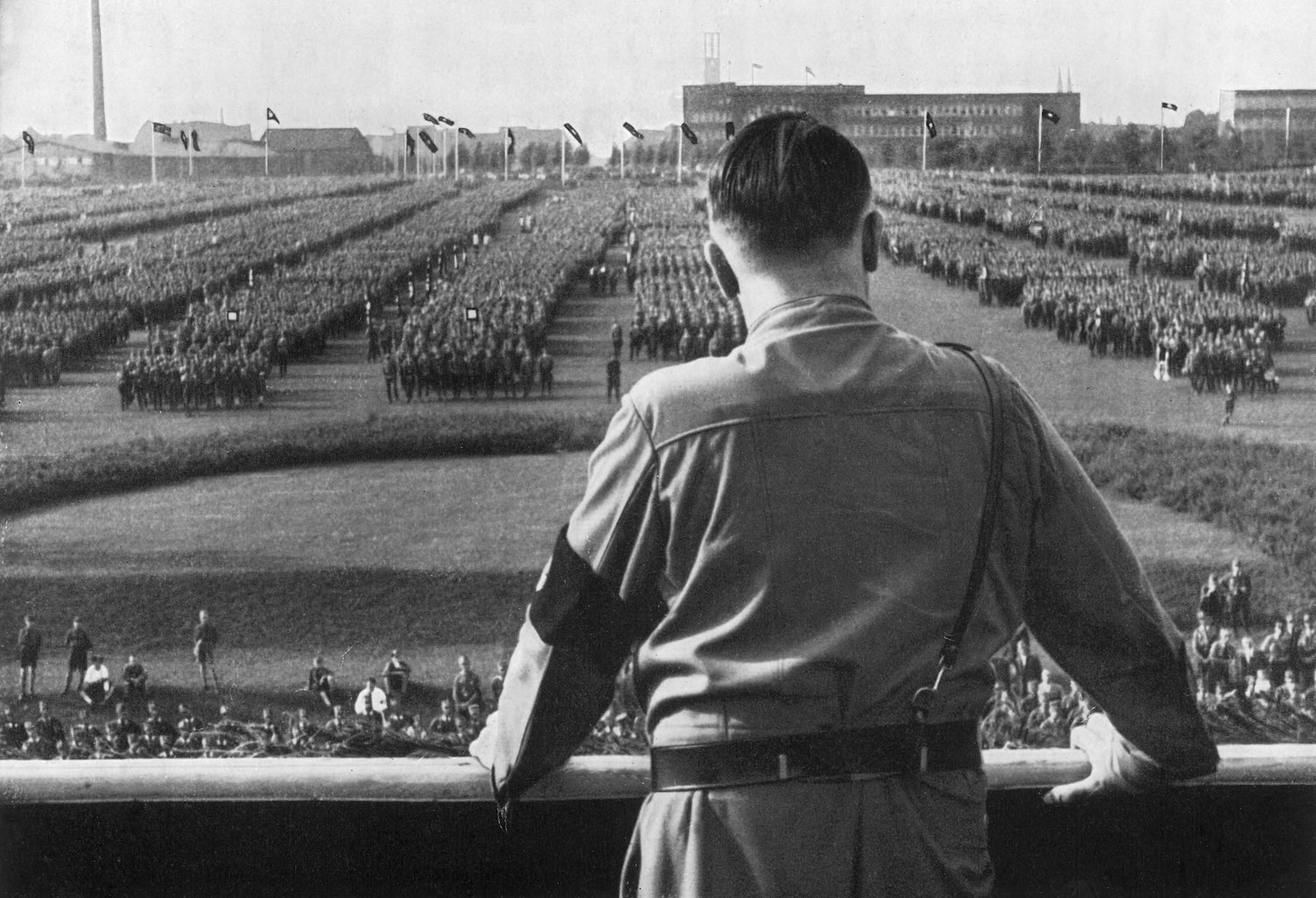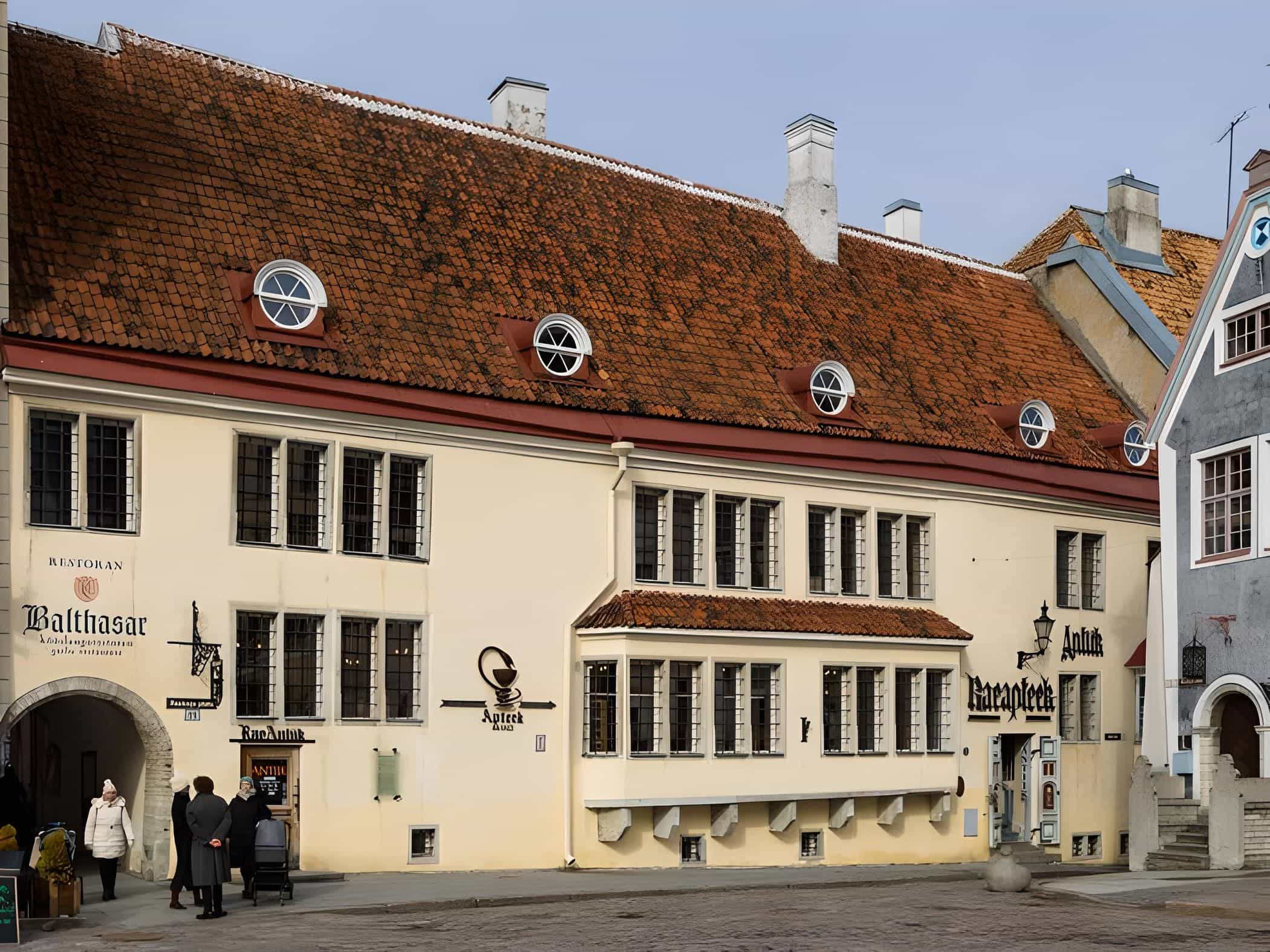It was on January 20th, 1942, that the Wannsee Conference convened. Fifteen high-ranking Nazi officials, including Heydrich, Eichmann, Freisler, and Müller, met at a luxurious Berlin villa, and their discussions are now widely regarded as a watershed moment in the events leading up to the Holocaust and the final solution of exterminating the Jews of Europe. In reality, the conference was just one part of a larger series of meetings held by Nazi leaders during the winter of 1941–42, during which they established a rationalization of their genocidal policy and began implementing the “final solution of the Jewish question”.
The Wannsee Conference was organized and chaired by Reinhard Heydrich, a high-ranking SS officer and one of the key figures in the Nazi regime. Heydrich was known for his brutal involvement in Nazi activities.
The Wannsee Conference and the Holocaust’s Final Solution
About fifteen high-ranking Nazis met with Adolf Eichmann at Wannsee, a Berlin suburb, on January 20, 1942, to plan the “Final Solution” to the “Jewish issue.” The strategy of systematic discrimination against German Jews, followed by a program of extermination that was extended to all nations that Germany controlled directly or indirectly from the commencement of World War II, was to have this gruesome result.
Jews in Germany and the annexed areas were ordered to start wearing the yellow star of identification on their clothes as early as September 1941. Thousands upon thousands of Jews were murdered by Einsatzgruppen commandos or sent to ghettos in Poland and the Soviet Union in the months that followed. Hermann Göring, Nazi Germany’s number two, issued an order to Reinhard Heydrich, the chief of the Gestapo, to carry out a “Final Solution to the Jewish Question” throughout Europe.
Wannsee is emblematic because it was under the direction of the ambitious Reinhard Heydrich, who advocated an industrialized and centralized approach to the “final solution,” and it was at his headquarters that this process was centralized. Although Adolf Hitler may have sensed the war was lost (though perspectives on this issue vary), he would not give up the aim of purging Europe of its Jewish population, by whatever means. This strategy would sometimes even take priority over military operations.
The mechanization of mortality
The goal of Heydrich’s plan was to “cleanse about 11 million Jews.” This meant that the Holocaust would be institutionalized and carried out methodically throughout all seized territories and areas under German control. They were planned for deportation to Polish ghettos and concentration camps, where they would be killed through “natural decrease” due to forced labor. “Any survivors will have to be treated appropriately because, being the product of natural selection, they could, once released, be the ferment of a new Jewish organization.”
The Nazi state as a whole was mobilized for the Final Solution, and the administrative administration of the extermination was mastered. The Nazi leadership prioritized the creation of an industry of death to facilitate the killing process more quickly and effectively. Central Europe was the site of the concentration camps and extermination camps, where deportees were promptly killed, sometimes by means of gas chambers. Those deportees who weren’t gassed right away were utilized as slave labor by German factories or as test subjects by Nazi physicians. More than five million Jews were killed in this way, out of an estimated six million victims of Nazi crimes.
The Allies brought the remaining Nazi leaders to court at the Nuremberg Trials after the war. Twenty-one people were put on trial, including Nazi racism theorist Alfred Rosenberg. Conspiracy, crimes against peace, war crimes, and crimes against humanity were the charges against them. This last allegation was made to downplay the enormity of the atrocities perpetrated against Europe’s Jews. The two principal actors of Wannsee would each meet a different fate: Heydrich would be slain in 1942 by Czech resistance fighters, and Eichmann would be hanged in 1962 after a dramatic trial in Jerusalem.
References
- Creation of the Memorial Site”. Haus der Wannsee-Konferenz.
- Longerich, Peter (2012). Heinrich Himmler: A Life. Oxford; New York: Oxford University Press. ISBN 978-0-19-959232-6.
- Dederichs, Mario (2009) [2006]. Heydrich: The Face of Evil. Casemate Publishers. ISBN 9781935149125.






